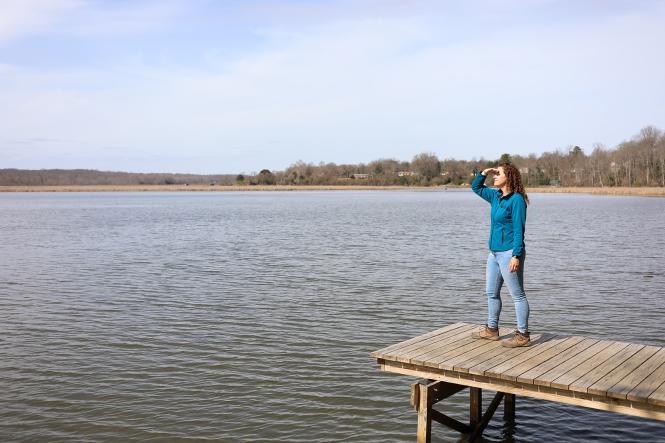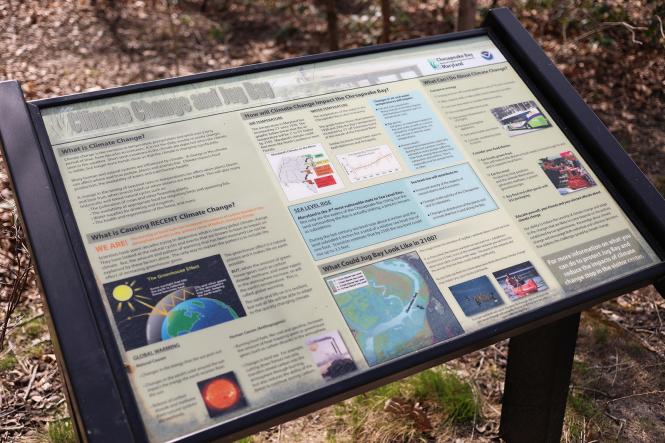Anne Arundel County's Department of Recreation and Parks is an impressive resource, for residents and visitors alike, to discover and reacquaint themselves with the great outdoors. Especially during the past year when many were drawn back to nature amid the pandemic. While many people are familiar with Quiet Waters Park along the South River or Kinder Farm Park and all the baby animals you'll find during the spring and summer months, few know about Jug Bay Wetlands Sanctuary in southern Anne Arundel County. Although, we have a feeling that is about to change!
Nestled along the Patuxent River on the border of Anne Arundel and Prince George's Counties, this sanctuary is a fascinating preserve and historical archive of our county, state and country! Numerous artifacts from the Indigenous peoples who once walked the shores have been found in the sanctuary, most dating back 10,000 years. The preserve was also once home to a railway that connected Washington, DC with Chesapeake Beach. Wealthy families would board the train to escape the heat of the city and head to the water and cool breezes of the Chesapeake Bay.

The rail bed is now a trail that extends to the Patuxent River. Along the trail you will find boardwalks that take you into the marsh where you can see carp jumping out of the water, beavers busy building their dams, or spy numerous species of birds building their nests. You may even find a 'klinker' walking along the path. (Watch the video to find out just what a klinker is).
The first 160 acres of Jug Bay was acquired in 1974 and since then, the county and state have worked together to build the preserve up to the 1,700 acres that it is today. Naturalist, Liana Vitali met with us to discuss the varied environments in the sanctuary and tell us about some of the wildlife that call Jug Bay their home. Just in the short amount of time we were there we saw fish, muskrats, harmless water snakes and ospreys! The area is also known for Bald Eagle spotting, so be sure to bring some binoculars for some amazing bird watching.

Jug Bay is open to the public, but only for a few days a week so plan accordingly. Their shortened visitor's schedule helps to minimize the impact on Mother Nature and the surrounding wildlife. If you fall in love with Jug Bay, just like we did, consider joining their Friends of Jug Bay program which helps care for the sanctuary. Membership also allows you to enter the park for free and bypass the $6.00 entry fee.
You can visit for the day or register for one of their many nature programs. They offer preschool programs, Classrooms in the Field, Field Trips as well as Summer Camp. There's even a summer camp for adults! For a full list of resources or to volunteer, visit their website.

You may be wondering how Jug Bay got its name but the truth is no one really knows, although there are a few theories. Some think it's the actual jug artifacts that have been unearthed over the years that date back to the Indigenous people of the area. Another theory claims it was the spent rum bottles of revolutionary soldiers that often ended up in the water. Others think it is because the mouth of the marsh and river actually look like a jug when viewed from above. Regardless of how it actually got the name, one thing is for sure, Jug Bay Wetlands is well worth a visit.
For a full list of Anne Arundel County Parks, visit their website.








